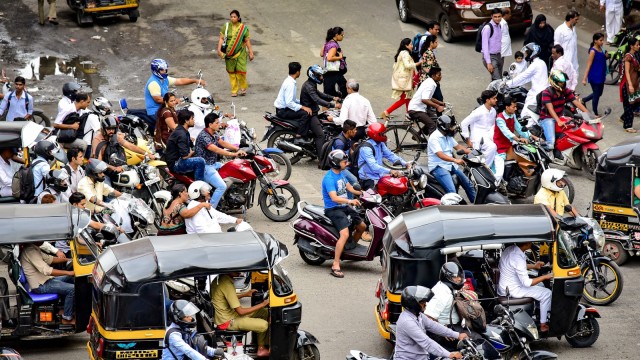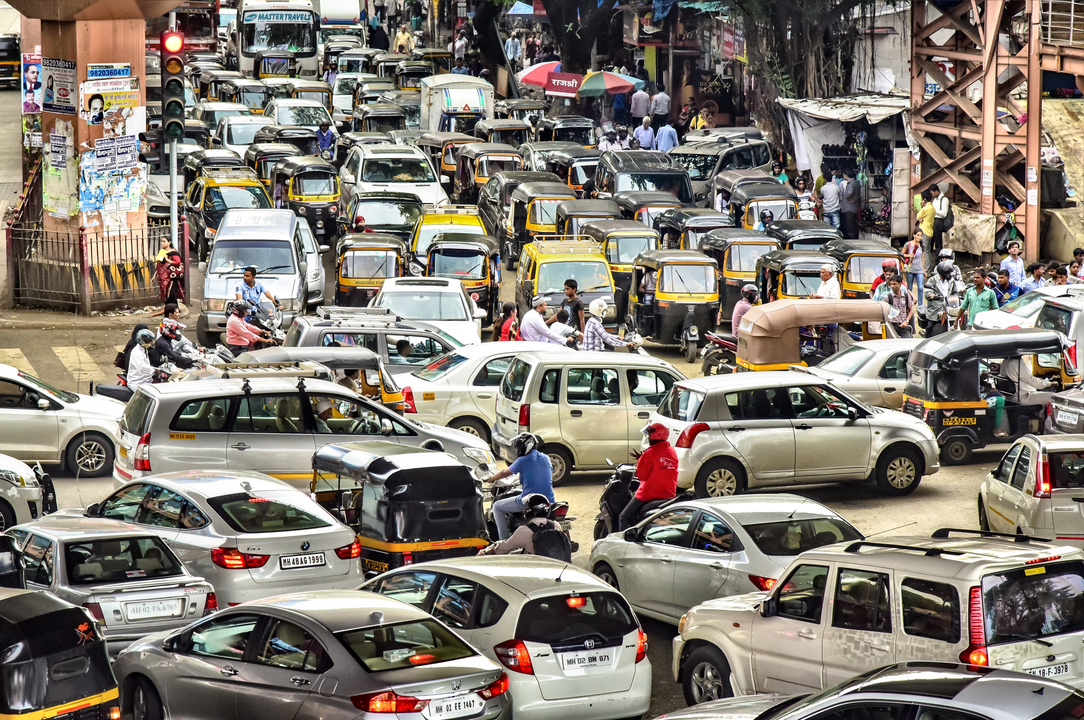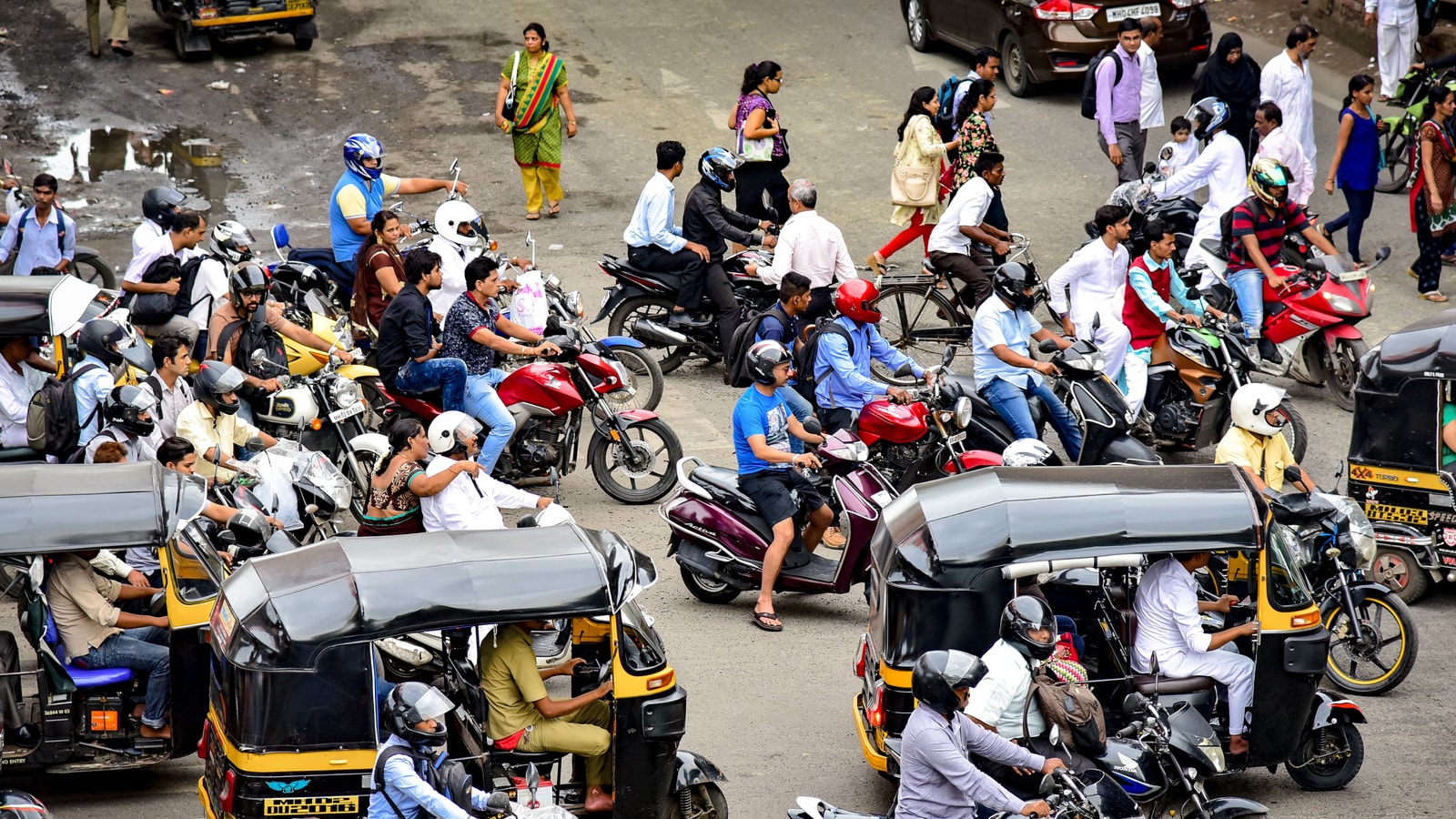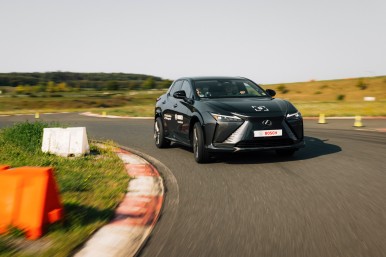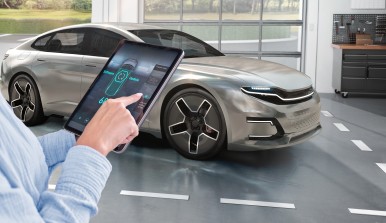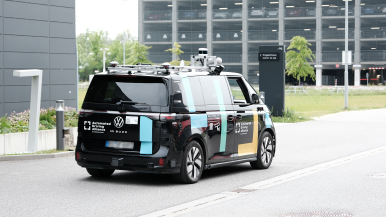Entry restrictions: Emission stickers in Germany, congestion charges in London and Milan, driving bans on older vehicles in Paris – dozens of European metropolises are limiting vehicle traffic in their central zones.
North America: Traffic jams cost over 120 billion dollars
More cars than drivers: In 2003, for the first time, registered vehicles in the U.S. outnumbered people with a driver’s license.
The cost of traffic jams: In the U.S., drivers in the ten cities with the most traffic spend some 42 hours a year in traffic jams, losing 121 billion dollars in time and fuel.
Carpooling: To reduce the amount of traffic, the U.S. created the first carpool lanes in 1961. Today, the network covers some 5,000 kilometers. Also called high-occupancy vehicle (HOV) lanes, carpool lanes can be used only if there are two, three, or more people in the car.
Japan: First the parking space, then the car
A snail’s pace: Cars in Tokyo drive at an average speed of 15 kilometers per hour. Although the city’s road network covers more than 22,000 kilometers and bicycles make up 14 percent of its traffic, Tokyo has only 11.6 kilometers of bike paths or lanes.
Parking problems: Japan has 61 million vehicles and far, far too few parking spaces. Cities such as Tokyo permit people to buy cars only if they can prove they have a place to park it.
Minicars: To get traffic under control, one idea called for a whole new class of vehicle: Kei cars. These cars are under 3.4 meters long and have an engine with less than 0.66 liters displacement.
China: The license plate lottery
Traffic congestion: At the end of 2015, there were a total of 279 million vehicles on China’s roads, of which 172 million were cars.
Rails: The Chinese government provides heavy subsidies for traveling by tram. In Beijing, these carry 10 million passengers a day, or 44 percent of all travelers.
Lottery: Every month, Shanghai grants just 9,000 new vehicle licenses. Depending on the district, license plates can cost up to 8,000 yuan, or more than 10,000 euros. Oftentimes they are even auctioned off to the highest bidder.
India: Heading for modern mobility on two or three wheels
Growth: Over 40 cities in India already have more than a million residents. With annual population growth of 15 million people, India has the world’s fastest growth rate.
Two-wheelers: There are some 125 million two-wheelers on India’s roads, representing 70 percent of all the country’s vehicles.
Pioneers: The city of Ahmedabad has succeeded in scaling back its motorized traffic by improving and investing in its transportation infrastructure. Today, 58 percent of journeys are made with public or non-motorized modes of transportation.
Latin America: Cable cars, not highways
Cable car (1): In the chaotic megacities of South America, the urban cable car boom shows no signs of weakening. Not only do (aerial) cable cars take up less space, but they also cost ten times less than a subway or highway.
Cable car (2): Mexico inaugurated its first urban cable car in 2016. The aerial gondolas replaced several thousand minibuses. Prior to Mexico’s initiative, Colombia, Bolivia, Brazil, and Venezuela had already implemented a “street in the air” concept.
Cable car (3): Ten kilometers – that’s the length of the world’s longest urban cable car, stretching from La Paz, the Bolivian capital, to the neighboring city of El Alto. This cuts up to an hour off passengers’ travel time and strikes a blow against pollution. There are plans to expand the cable-car network to 30 kilometers by 2019.
